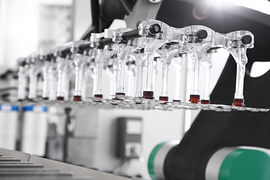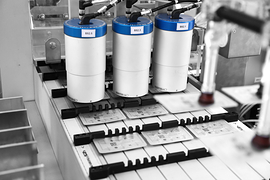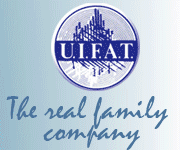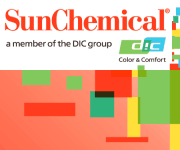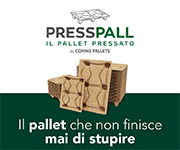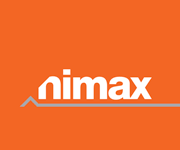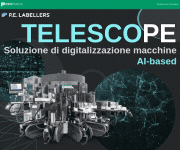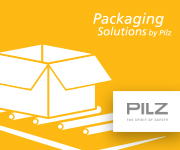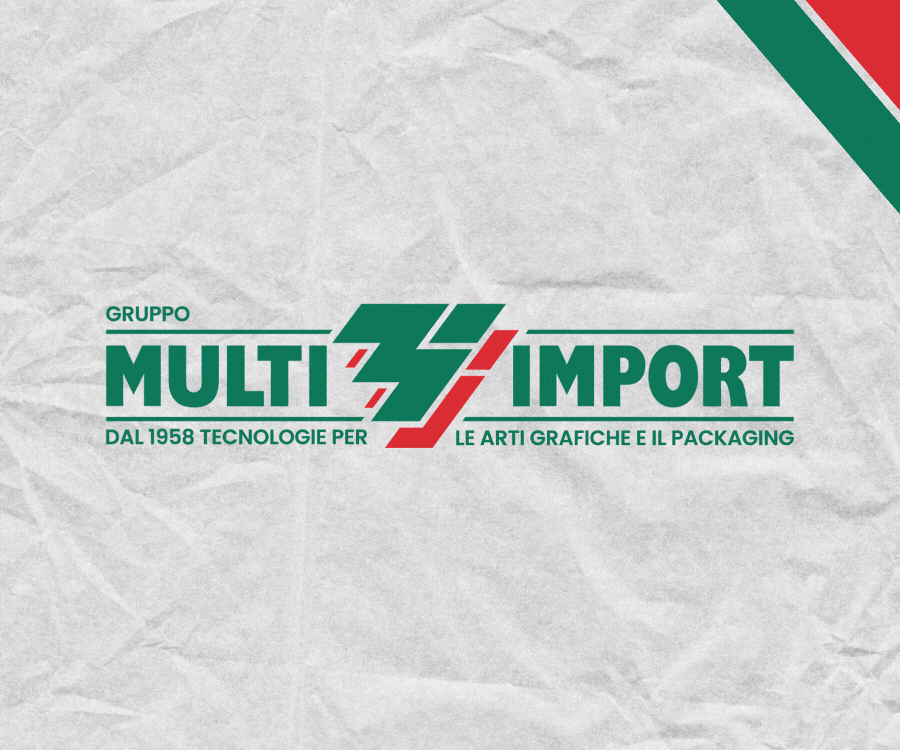SEA Vision's expertise for Pharma industry
SEA Vision and Marchesini Group are launching a brand-new solution on the market for primary pack serialization and aggregation, comprising a complete range of technologies to print, inspect and pack serialized blisters and perform aggregation with cartons, all integrated in a 4.0 environment.
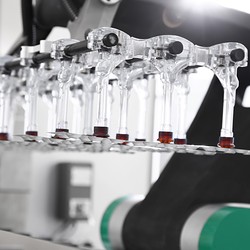
The two companies decided to invest in this challenging project in order to further enhance product identification, which is a prerequisite in the healthcare industry. While today this prerequisite is respected in the case of cartons and pallets, this does not apply to primary packaging such as blisters. This means that there is still a risk of counterfeiting when it comes to drugs’ primary packaging and,despite all the investments made by pharma companies to ensure that secondary packaging is traceable, there is still a hidden gap that could cause serious damage.
Occasionally, along the supply chain, during distribution or in the consumer’s hands, the primary and secondary packaging are separated. Separation of the blister from its carton is considered product manipulation, creating a potential risk for the health of the patient.
The new solution designed by SEA Vision and Marchesini Group is strategic – when the blister is distributed (for example, in hospitals, pharmacies or in the consumer’s hands) or used separately from its original packaging – and faces all the challenges of a project of this nature. This cutting-edge solution is the ideal choice for any pharmaceutical manufacturer that wants to be anticipate future regulatory implementations and give their packaging processes added value.
A forward-looking solution
Although primary pack serialization is not yet a mandatory requirement, it is important to consider the benefits of adopting this technology in view of current healthcare industry production scenarios.
Firstly, today the technological evolution of the digital printing industry and the development of new hardware and software features have undergone a major evolution. This technological evolution can be leveraged by the pharma industry to achieve new results in terms of safety and efficiency.
Another big advantage of serializing single doses is the new frontier of reading drug information through electronic leaflets, which are available by simply scanning the patient’s smartphone. Digitalization of drug leaflets makes the information very easily accessible to patients, even when the drug has been separated from its carton box.
Alu reel digital printing? In-line or off-line, the advantage is in-house printing
Today the healthcare industry has begun a major transformation: drugs are changing very quickly and are increasingly subject to marketing requirements. New forms of drug packaging featuring different artworks, product presentation with several shape variants, in ever smaller lots and patient-centric drugs. Lower production costs, greater flexibility, reduced warehouse stock and greater independence from third-party suppliers: these are just a few of the advantages of digital printing technology, which is currently the best alternative compared to traditional flexo printing.
There are different ways to print a neutral Alu reels in-house: directly in-line, with a printer installed on the blister thermoformer or using a Roll2Roll machine.
Inline printing solutions permit high-speed printing (up to 75 m/min) of the blister alu foils and maximum flexibility, not only for serialized batches, but also for printing non-serialized artwork.
In the second scenario, Alu reels are printed offline on a Roll-to-Roll machine. It can print all the different artworks needed in advance and stock them in a warehouse without having to rely on a third-party supplier.
SEA Vision software can handle both scenarios.
Inspection technology developments
For this project, SEA Vision focused its research and development on two areas: the choice of best hardware and latest-generation software development.
With regard to hardware, the Contact Image Sensor with CoaXPress interface was identified by SEA Vision as the most appropriate tool for the needs of this technological challenge. Integrated into the SEA Vision Tracker, this sensor makes it possible to:
• Homogeneously inspect web up to 367 mm with high resolution (600dpi)
• Inspect foils in a wide range of materials
• Achieve a high image transfer speed, enabling line speeds of up to 75 m/min
• Minimize the physical footprint in the machine thanks to an integrated lighting system and CIS customization for the most demanding reflective surfaces
• Cancel the shear deformation effect on the image in order to optimize print quality control, partly thanks to continuous foil dragging
In terms of software development, SEA Vision has created new algorithms for reading codes and controlling print quality and has further developed its own application in order to maximise the performance of available threads.
SEA Vision at ACHEMA 2022: Hall 3.1 Booth A7
Prodotti e tecnologie: SEA VISION
Gallery


